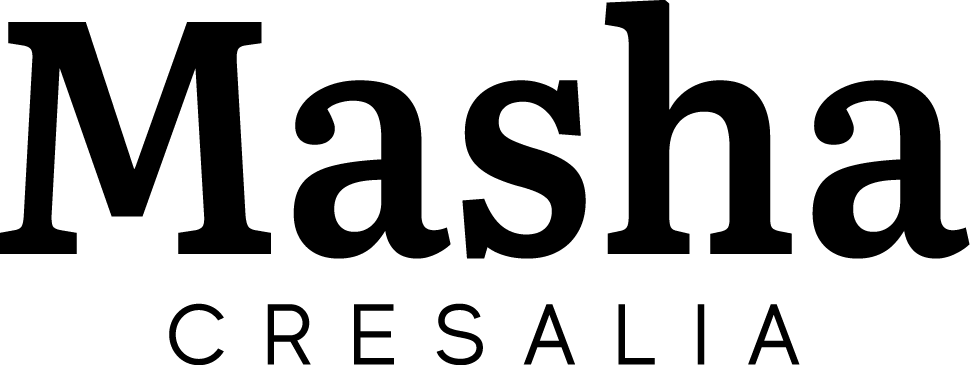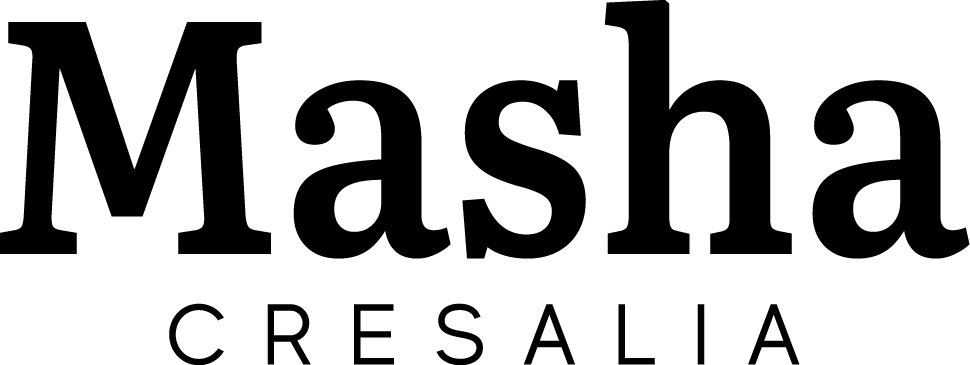We learned how to explain your category’s history for your product narrative. Your audience is now educated on what your category is, where it emerged, and the market dynamics in your category’s present day.
The next part to your product opening is to tell the story of a paradox or compelling event happening in your category right now.
This does two things for your product narrative: 1) forces your customer to decide the impact of this paradox for their business 2) creates a moment where you can use storytelling to build urgency. If we get the rest of the product narrative right, by the end, the customer should see the value in your product to immediately solve this problem they may not have known they had.
Unfortunately, many product narratives lack urgency. A few reasons this happens:
Your narrative is written through a competitive lens – hard to create urgency when you are fighting for slivers of market share, instead of category dominance
Too many people have given feedback and diluted the narrative – careful changing your narrative on feedback from folks who don’t write, present or tell stories well, even if they are executives
Brand voice is misinterpreted as the tone of the narrative – your brand voice should influence your corporate narrative, only guide the product narrative. I talk more about the difference between the corporate and product narrative here.
Start by finding paradoxes or compelling events the media is reporting. But don’t stop there.
Three things happen if you don’t have build further on the paradox or compelling events that the media reports:
Your narrative is boring and sounds like everyone else’s – how many more times can you hear about everyone opening their talk with a “downturn economy” narrative?
It becomes hard to distinguish your product’s value from your competitors
Your category POV sounds like the media POV
Let me show you three ways to create your own compelling event or paradox with the baseline from the media:
Step 1: Find two statistics that contradict each other.
Start with a statistic everyone is referencing, and then find a statistic that contradicts it. This simple contradiction creates a paradox. How do these two statistics exist side by side in the same market? This becomes the perfect set up to talk about your solution.
For example, after the pandemic, conversation about remote work dominated the media. Supposedly everyone wanted flexibility in their schedules according to the media – 78% of remote employees said they were very engaged at work.
I looked for a statistic that contradicted this and found that 72% of in-office workers were also very engaged at work. This doesn’t add up to 100%, so what do you do when more than half your employees are saying one thing, yet more than half of your employees are saying another thing, and there’s absolute overlap between two of those groups? It was the perfect set up to talk about Slack as your Digital HQ.
Step 2: Follow leaders in your category on LinkedIn or Twitter to get a sense of different points of view.
This is an easy, fast way to crowdsource contradicting ideas, paradoxes and general knowledge on the market dynamics in your product space.
Six months after I launched Slack’s product narrative, the market had already shifted and I needed to update it. Employees had gone back to work, the Great Resignation was over, and signals of a looming recession were on the horizon. Our market was in a bit of a lull on strong signals around what the next conversation topic would be.
However, while following the hashtag #remotework on LinkedIn, I saw new titles had emerged in our category – Chief Remote Officer, Head of Remote. I began to follow the conversations of these newly appointed leaders. They were making predictions that gave me a POV to anchor our new narrative on.
Step 3: Use your competitors’ research to amplify your compelling event.
Your competitors may have already done most of the legwork for you! You just need to find the right angle to top your mutual compelling event.
Microsoft Teams is Slack’s biggest competitor, but Microsoft’s research on the digital workplace and remote work was really good! The compelling event in the market at the time was that everyone was fatigued from Zoom. There had to be more to life than another Zoom call.
I noticed in one of Microsoft’s research reports they were talking about digital burnout and had measured their own users using Teams, specifically the calling features to talk about meeting burnout. Using our competitors’ research built even more credibility around our product narrative of asynchronous work.

